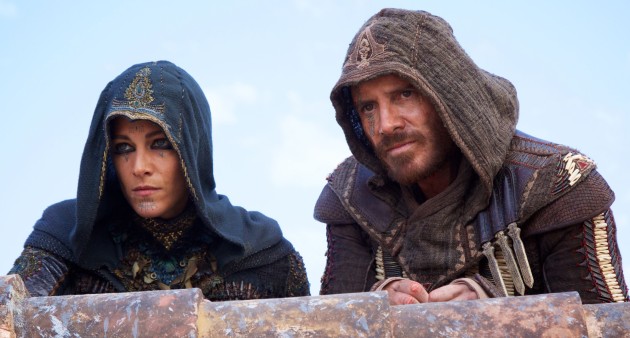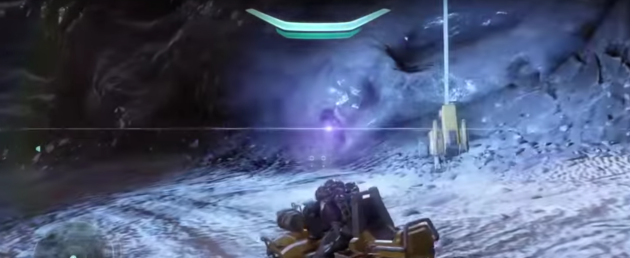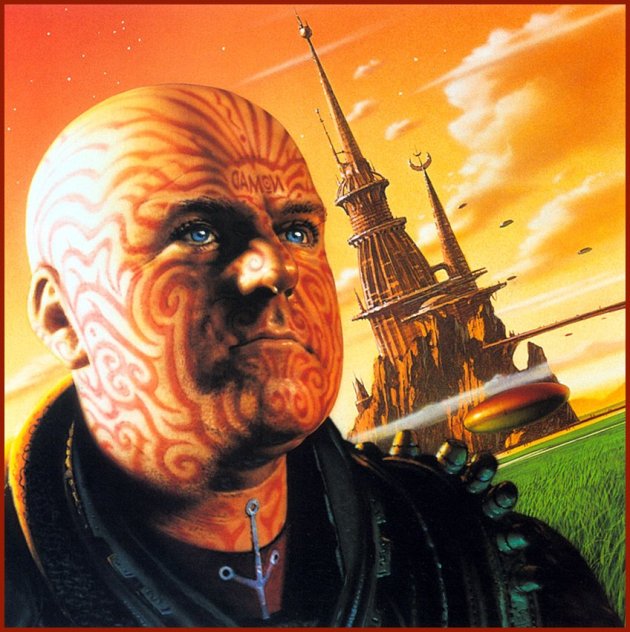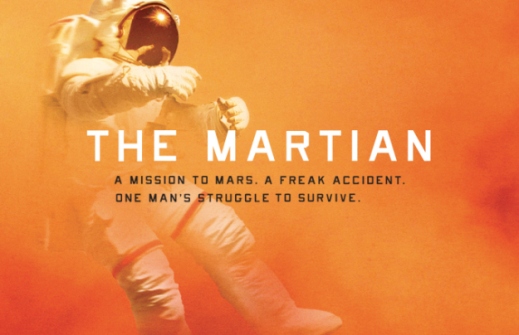
Rey (Daisy Ridley) in Star Wars The Force Awakens, Walt Disney Studios 2015
Warning: Star Wars The Force Awakens spoilers!
Star Wars The Force Awakens left me with mixed feelings. Now, a few days after seeing the movie, I have come to the conclusion that the reason doesn’t lie with the story or the acting but with the way the movie is made. That specific style of movie-making has an uncomfortable aftertaste. Every aspect of the movie is desperately trying to be awesome and amazing. It takes no break from this strategy even at the most mundane moments. From the moment «Star Wars» first scrolls down the screen all the way to the credits, The Force Awakens wants you to love it, every last bit of it. Thus instead of peaks of action we get a permanent bombardment of scenes that are supposed to inspire awe. Unfortunately, this does not always work. While I liked some scenes very much, others made me cringe. Hence the mixed feelings.
In many ways, The Force Awakens is A New Hope‘s younger, inferior brother. And he knows it. And he’s desperately trying to compensate. J.J. Abrams and his writing staff took Episode IV as a blueprint for their movie. In that regard, both movies have similar flaws. The best example are the protagonists Luke and Rey. They are both kind of Mary Sues with great skills to begin with. Neither of them needs to develop during the movie in order to rise from their underdog position to mastering the final challenge. There is very little character growth in both cases. However, Luke is written completely differently from Rey. Luke is awkward and clumsy. He is naïve when he removes R2’s restraining bolt. He gets knocked out by the Sandpeople. He can’t handle himself in the cantina without Obi-Wan’s help. The list goes on. Rey is awesome at every turn. Like Luke, she’s highly skilled at many things, but she never exhibits a discrepancy of ability toward the challenge at hand. She doesn’t only know how to fight, she also pulls the moves like she’s standing in front of the camera. She doesn’t only know how to fly, she flies like it’s a contest of who can pull the most outrageous maneuver and live to tell about it.
A Matter of Style
At first I wondered if it was the gaping plot holes, the absurd physics, or the complete and utter ignorance of military procedures and tactics that prevented me from loving The Force Awakens. But no, for A New Hope has some of these issues as well, to some degree or another, and I still love it. The problem is rather the hamfisted attempt at making every single scene a fan favorite. It’s a style of movie-making that has no confidence in the merits of its story, characters, and world-design. The cinematography awkwardly tries to impress all the time, and unnecessarily so. Abrams’ Star Trek reboots suffer from the same illness, though to an even greater extent. Star Trek Into Darkness was nothing but an incoherent sequence of eye-candy scenes without any substance whatsoever. I am grateful, at least, that The Force Awakens was not equally botched.
A symptom of this style is the disregard of metafictional information. For any story, and especially for a Star Wars-story, what’s happening off the screen is just as important as what is happening on the screen. Yet The Force Awakens fails spectacularly at being an exposition. At no point does the movie explain what the awakening actually is, even though the word is right there in the title. At no point is it explained where the First Order came from, what the state of the galaxy is, and how that physics-defying superweapon was built. It reminds me of a comic book. Generally, one doesn’t expect an explanation of Superman’s powers or Bruce Wayne’s wealth in every issue. They are simply taken for granted. Unfortunately, the writer of a movie does not have the same luxury. In fact, he must explain key aspects of the plot to the audience, or risk having everyone wonder why all these shiny scenes are happening in the first place.
Micro over Macro
The bigger picture gets constantly sacrificed on the altar of the moment. Sometimes that sacrifice is worth it, often it isn’t. It is as if the whole of Star Wars-lore has to bow to The Force Awakens instead of the latter enriching the former. Why would we care about some Stormtrooper suddenly pulling out a completely ridiculous melee weapon which seems to serve no purpose in a firefight other than to look cool and give Finn an opportunity to play with a lightsaber? Or why should we wonder why a single TIE-Fighter can wipe out the heavy turrets of a Star Destroyer with a few shots from its anti-fighter blaster cannons? So long as there’s a pretty explosion, why would we bother wondering about what kind of implications this has for naval combat? At times, it’s painful to watch how this movie was simply not thought through all the way to the end. There are great ideas, certainly, and some of it is formidably executed, also thanks to the performances of Harrison Ford, Daisy Ridley, and John Boyega. But a good writer cannot indulge in the luxury of subjecting the whole of the movie to individual ideas and hope that the actors will save it. The quality of a scene is not determined by its stand-alone performance, but by how it can contribute to the movie as narrative work.





You must be logged in to post a comment.